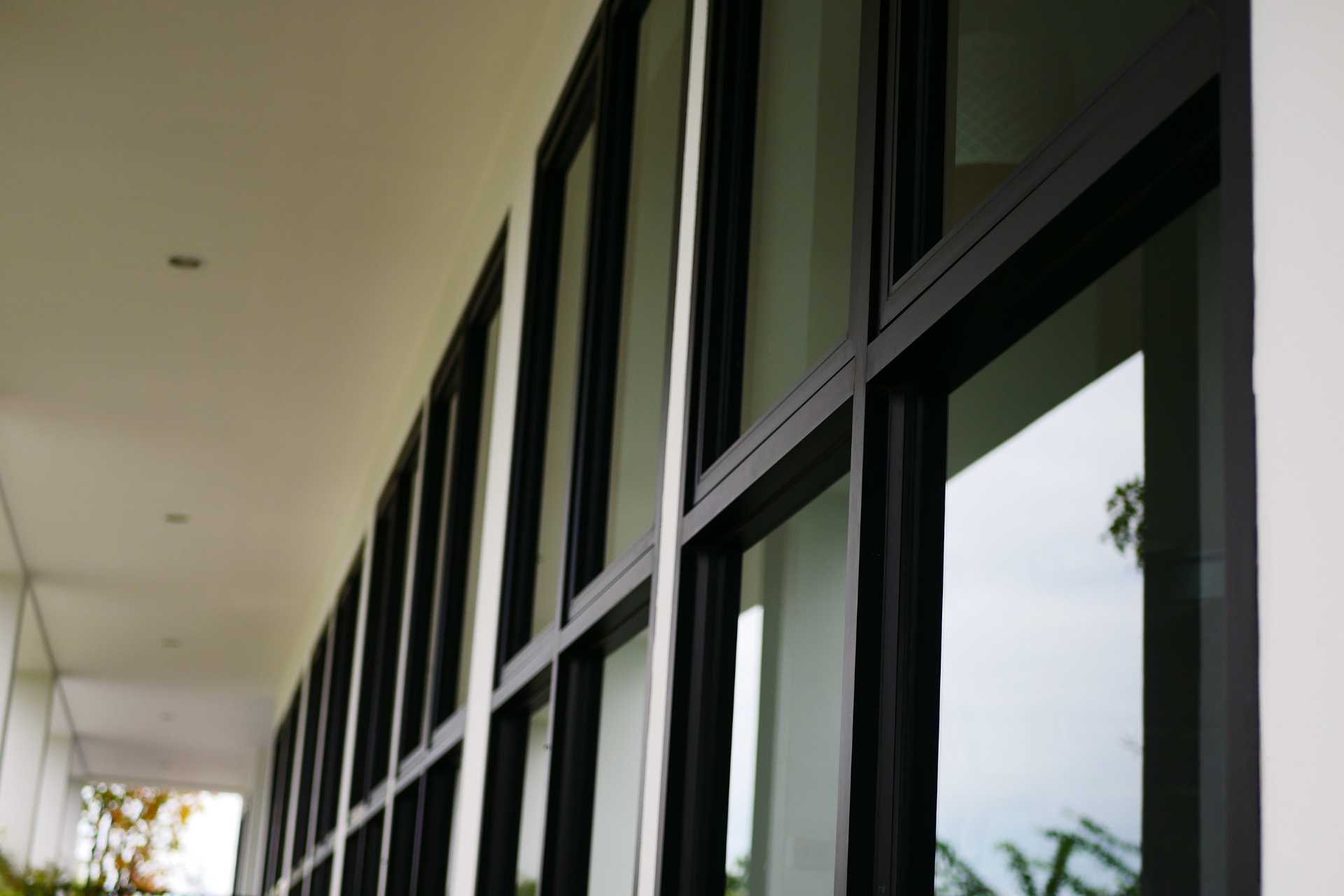
Enhancing the thermal performance of buildings is a crucial step toward achieving energy efficiency. This is a priority for many homeowners and builders today. One effective strategy is window replacement using Low-Emissivity (Low-E) glass. This innovative glass type is pivotal in reducing energy bills while maintaining comfortable indoor environments, regardless of the season.
What is Low-E Glass?
Low-E glass is equipped with a microscopically thin, transparent coating that reflects heat. This coating is ingeniously designed to minimize the amount of infrared and ultraviolet light that passes through your glass, without compromising the natural light that is transmitted. Acting like a thermal barrier, Low-E glass helps keep interiors cool in the summer and warm in the winter, promoting a more energy-efficient home.
The technology behind Low-E glass involves either passive or solar control coatings that are applied to the glass during manufacturing. These coatings are composed of metal or metallic oxides and are so thin they are virtually invisible, allowing for high transparency while performing their critical function of controlling energy transfer. This innovation not only supports energy conservation but also enhances the overall usability and functionality of windows in various architectural styles and climatic conditions.
Benefits of Low-E Glass
Low-E glass provides a multitude of benefits that make it an attractive option for both residential and commercial properties:
-
Energy Savings:
By reducing heat transfer through windows, Low-E glass significantly decreases the need for continuous heating in winter and air conditioning in summer. This improved thermal efficiency can lead to substantial reductions in utility bills, providing financial savings while maintaining indoor comfort.
-
Environmental Benefits:
Utilizing Low-E glass optimizes energy usage, which contributes to a lower carbon footprint. This is crucial in combating climate change and promoting sustainability. Additionally, the special coating on Low-E glass blocks harmful UV rays. This helps prevent the fading and deterioration of home furnishings and decorations, extending their lifespan and reducing waste.
-
Enhanced Comfort:
Low-E glass helps maintain consistent indoor temperatures by minimizing the effects of external weather conditions. This stability means that spaces are more comfortable to live and work in, regardless of the temperature fluctuations outside. By reducing cold drafts in winter and excessive heat in summer, Low-E glass ensures that all occupants can enjoy a consistently pleasant environment.
Cost Analysis
The initial cost of Low-E glass is generally higher than that of traditional glass, but the long-term savings are compelling. Property owners often observe a marked decrease in heating and cooling expenses that can quickly offset the upfront investment. With rising energy costs, the return on investment for Low-E glass continues to improve, making it an economically wise choice for long-term savings.
Challenges and Considerations
Here are some of the main challenges and considerations to keep in mind when choosing to install Low-E glass:
-
Professional Installation Required:
Professionals must handle the installation of Low-E glass. This ensures that the delicate coatings are applied and maintained correctly. Incorrect installation can compromise the effectiveness and durability of the glass.
-
Aesthetic Impact:
It’s important to consider how Low-E glass will fit with the existing aesthetics of a building. The glass should complement the architectural style and match the existing window frames to maintain visual consistency and appeal.
-
Compatibility:
Compatibility with existing window frames is crucial. Not all window frames are suitable for Low-E glass, and in some cases, modifications or replacements may be necessary to accommodate the new glass.
Future Trends and Innovations
Advancements in Low-E glass technology are ongoing, with new coating techniques and integration with smart building systems becoming increasingly prevalent. These innovations allow for dynamic control of heat transfer and light transmission, making Low-E glass a key component in future building designs focused on energy efficiency.
Embracing a Greener Future with Low-E Glass
Low-E glass is a standout choice for anyone looking to enhance their building’s energy efficiency. By choosing to install this type of glass, property owners can enjoy substantial energy savings, improved comfort, and a lower environmental impact, all while maintaining aesthetic appeal. As more individuals look towards sustainable building options, the role of Low-E glass in modern architecture is not only promising but essential. Through window replacement and upgrades, embracing Low-E glass is a smart step forward in our collective journey toward a more energy-efficient future.
